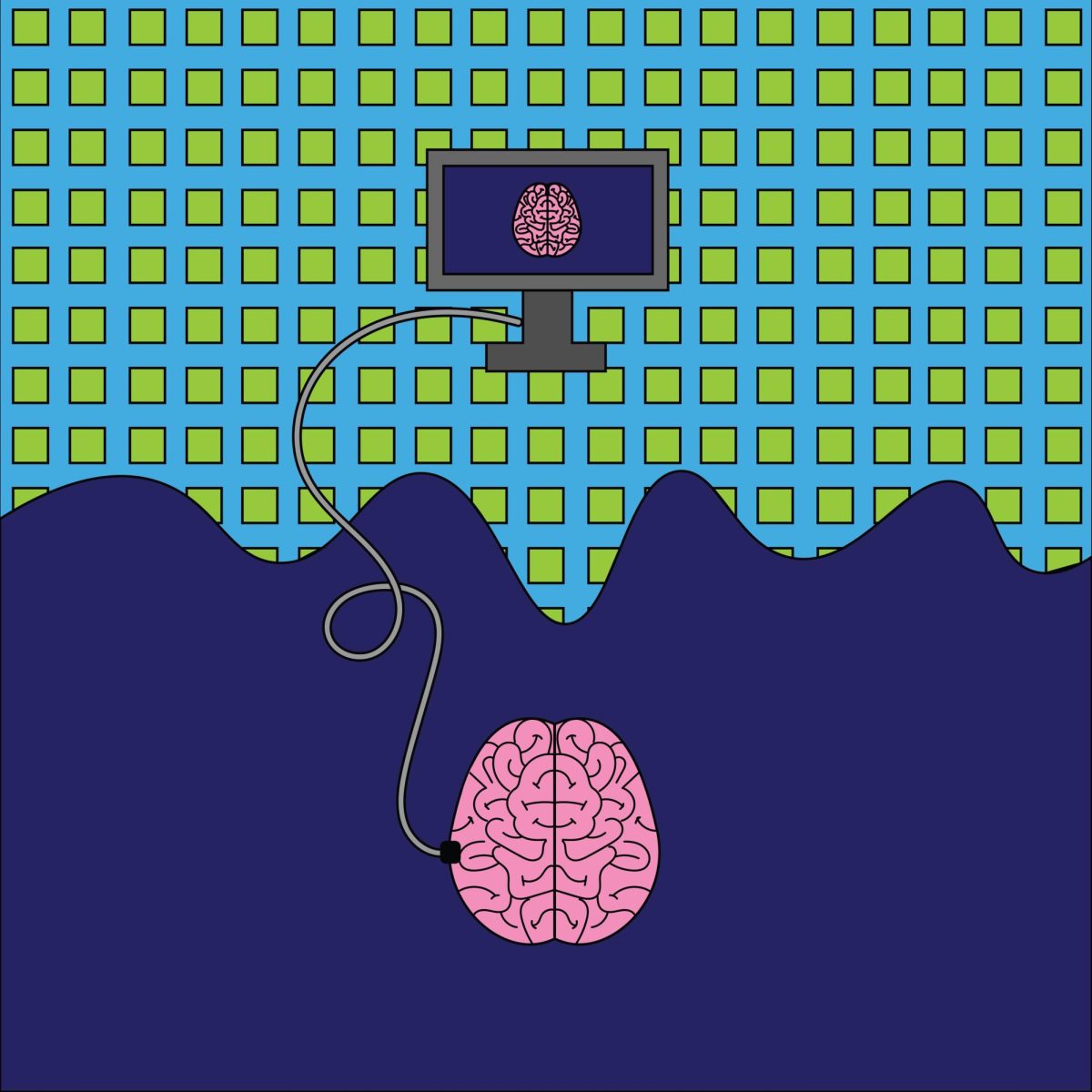Antichrist: four stars; Scott Pilgrim four stars our of five
There are a few meanings of the word focus. In its most
literal sense – when talking about eyewear, microscopes, photos or movies –
focus is a scientific property describing the point at which the lens or eye
perceives light converging. In that sense of the word, the object of focus
appears clear and sharp, while things around it look blurred and dull: Johnny has trouble focusing and judging
depth perception because he traded his glasses for Adderall.
A second meaning of
focus is a little more abstract, and deals with human attention: Johnny could barely pay attention to this
column’s boring introduction, so he popped two Addies to help him focus.
Also, Focus is a car made by Ford, but that won’t be
relevant here: Johnny wanted to trade his
Focus for Adderall, but found that his glasses were actually worth more.
If Johnny sticks with this, he’ll soon learn (probably eight
or nine times) that “Antichrist” and “Scott Pilgrim vs. the World” aren’t
actually about focus. However, both films have the first sense of that word at
the hearts of their cinematography and use the second meaning to sharpen their
wildly disparate tempos.
“Antichrist” is stunning to look at but painful to watch.
Written and directed by Lars van Trier (“The Boss of it All”), it demands to be
taken seriously as art right from its beautiful and tragic opening scene, when
the young son of the two unnamed main characters lifts himself out of his crib
and slips on the snowy ledge of a window to his death.
The scene is shot in extreme slow-motion in black and white with only a
mournful opera for sound. It sets up an agonizing struggle for the husband and
wife; she (Charlotte Gainsbourg, “The City of Your Final Destination”) as she
slowly loses her mind to grief and anxiety, he (Willem Dafoe, “Boondock Saints
II: All Saints Day”) as he does everything he can to help her through.
Van Trier displays an uncommon mastery of subtle visual
indicators, sending message after message using only the lens of the camera. In
one particularly impressive sequence, the camera suddenly shifts to the male
character’s point of view as he watches his wife on a hospital bed. Her image
sharpens, then slides back out of focus, as if he is actively engaged in a
losing battle to understand her pain. Seconds later the same camera begins a
slow movement toward the stalks of flowers in a vase at the woman’s bedside.
First they’re green and alive, then the viewer sees the silt and particulates
surrounding them, then finally the camera is too close and everything becomes a
blur. Van Trier seems to be saying that as you look closer at something, you
may see things you don’t like; if you look too closely, you might not see anything
at all.
Similar cues are scattered throughout, and when combined
with the plot’s immense concentration on its singular story (there are just three
credited actors), it
makes for a powerful and unsettling experience. Unsettling, and also sickening
and terrifying; potential viewers should be aware that in the final hour of the
movie, Van Trier makes a transition from mental to physical anguish – intense
and horrifyingly graphic scenes of suffering abound.
So far to the other side of the genre spectrum that the two
can barely see each other’s outlines through the fog is “Scott Pilgrim vs. the
World.” Michael Cera (“Youth in Revolt”) stars as the titular Scott Pilgrim, a
twitchy electric bass-playing Canadian 22-year-old who falls for the
too-cool-for-school purple haired New Yorker Ramona Flowers (Mary Elizabeth
Winstead, “Live Free or Die Hard”). Unfortunately, Ramona’s previous love
interests have formed an alliance, and Scott must fight and defeat each old
flame in the order they dated Ramona in order to win her heart.
It almost sounds like a medieval prince’s quest until you
see the execution. The film takes a frenzied pace, sometimes jumping from one day
to another without even changing cameras. It’s designed to mimic the here-and-nowness
of video games, where back-story can be skipped by just hitting “x” on the
controller in order to get to some more action.
Befitting that aesthetic, “Scott Pilgrim vs. the World”
takes a much more direct approach to camera-based focus than does “Antichrist.”
Instead of cautious hints and clues, when a character does something important,
the setting around them actually fades to black, leaving only that person’s image
on the screen and no doubt as to who deserves attention.
But that lack of subtlety is decidedly intentional. If movies could
be diagnosed with attention deficit disorder, “Scott Pilgrim” would be Johnny,
sitting in the doctor’s office purposely changing the subject every twenty
seconds in an attempt to score a prescription. Sometimes it felt like the
filmmakers were trying to pull viewers’ focus in a million directions so that
they’d give in to the ridiculousness of the plot without complaint; at other
times it seemed that there might be some larger point about our
attention-deficient, multi-tasking, passionless generation. I couldn’t tell because
I was so damn distracted, but either way it was a ton of fun to watch.
Lin Weeks is a junior majoring in finance and marketing. Upset with his omission of the DVD you were most excited about renting this week? Vent at [email protected].













